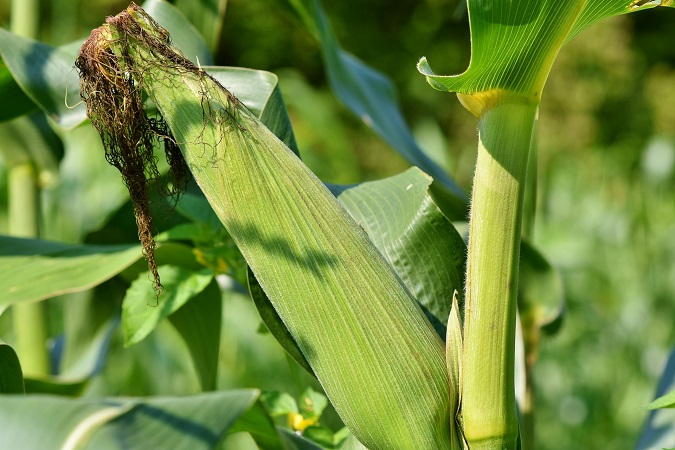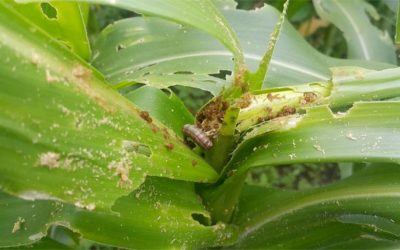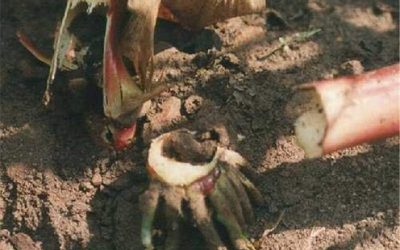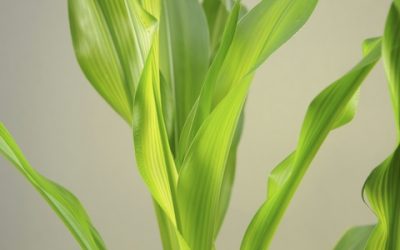Increase Maize yield through conservation farming

The Food and Agriculture Organisation (FAO) defines conservation agriculture as a farming system that promotes minimum soil disturbance (no tillage), maintenance of a permanent soil cover and diversification of plant species.
This agricultural system enhances biodiversity and natural biological processes above and below the ground surface, which contribute to increased water and nutrient use efficiency and to improved crop production, sustainably.
Once planting is done and there is visible germination in the field, plant distribution audit is necessary. This is a very important step in the germination cycle as it ties into other processes down the line such as yield estimation and fertilizer application.
During this audit, a farmer should check and ascertain whether they have the right plant population. If it is less, establish what the cause could be and then find ways of rectifying early enough.
If the germination has been affected by weeds, pests, among others, it is at this stage that one should find solutions otherwise, this is where they begin to incur losses.
Taking the example of maize grown on one acre, the ideal plant spacing should be 75cm. It should also be noted that, taking samples in one acre should be in 20 to 40 metres intervals. This will ensure that a representative sample is selected from every side of the field.
How to count the plants
• Count six steps forward and then count the number of plants in that area.
• Divide the total number of plants in that space by six to estimate the plants in one metre.
• Multiply the total number of plants in the one metre by the total area in one acre (a standard acre is 4,000 metres)
• Multiply the row spacing (75cm) to get the total population in one acre.
For example. If the plants in six metres (or six steps) are 30, divide it by six and this will mean there are five plants per metre. Then, multiply the five plants by the total area of the land, in this case 4,000. This will be equivalent to 20,000.
Multiply the row spacing, which is 75cm (change to metres; 0.75m) by the 20,000 to ascertain the total plant population. This will mean there are 15,000 plants per acre.
Weed control
We have grouped the weeds into categories; grass weeds and the broad leaved weeds. Their control is different because the herbicides for managing each act in different ways.
Broad leaves include black jack, pig weed, commelina (wondering jew), gallant soldier, milk weed and mucuna, among others.
How to control broad leaves
Apply 250-300 millilitres of glyphosate (Round up, Eeedall, Kalach, Kill all, weed master) in 20 litres of water for land preparation before planting. Apply 250 mls of amine in 20 litres of water for maize.
Common grass weeds include guinea grass, couch grass, Bermuda grass and itch grass.
How to control grass weed
Apply 250-300 mls of glyphosate in 20 litres of water before planting (2-5 days) or 1-3 days + 80 mls of dual gold after planting.
Use selective herbicides after planting such as auxo, primagram gold or prime gold, maguguma for maize while it is recommended to use selective herbicide for soy bean.
In all instances, it is important that you apply the herbicide when the leaves are dry.
Before using the herbicides, ensure that you thoroughly review and understand the information provided in the operator’s manual with specific attention to the safety precautions. When using the herbicides;
• Always wear appropriate personal protective equipment, including eye protection, chemical resistant gloves, a respirator (facial mask) and when necessary, chemical resistant clothing.
• Never point the spray wand in the direction of people or animals and only apply pesticides at the rate recommended by the manufacturer.
• It is also important that you do not spray on windy or very hot days. The spraying should also not be done in a place near water bodies as the content could contaminate the water.
• Herbicide waste should be disposed of in a well-protected and gazetted area according to the manufacturers’ instructions.
However, managing weeds needs an integrated weed management approach, where there is a combination of different agronomic practices to manage weeds, so that reliance on one weed control method is reduced.
Integrated weed management
• Physical weed management approach – mechanical methods such as use of hoes, inter row cultivators.
• Chemical weed management – usage of chemicals while understanding the biology of plants to manage weeds.
• Ecological weed management – Interactions amongst the weeds species themselves to achieve control.
This accounts for not just the “cure,” but also how it can be sustainably incorporated into the agri-food system and social landscape.
Crop rotation
Farmers are encouraged to always go in for crop rotation. Crop rotation means the weeds do not have the opportunity to thrive as a result of alternating the crops.
When you for instance grow


